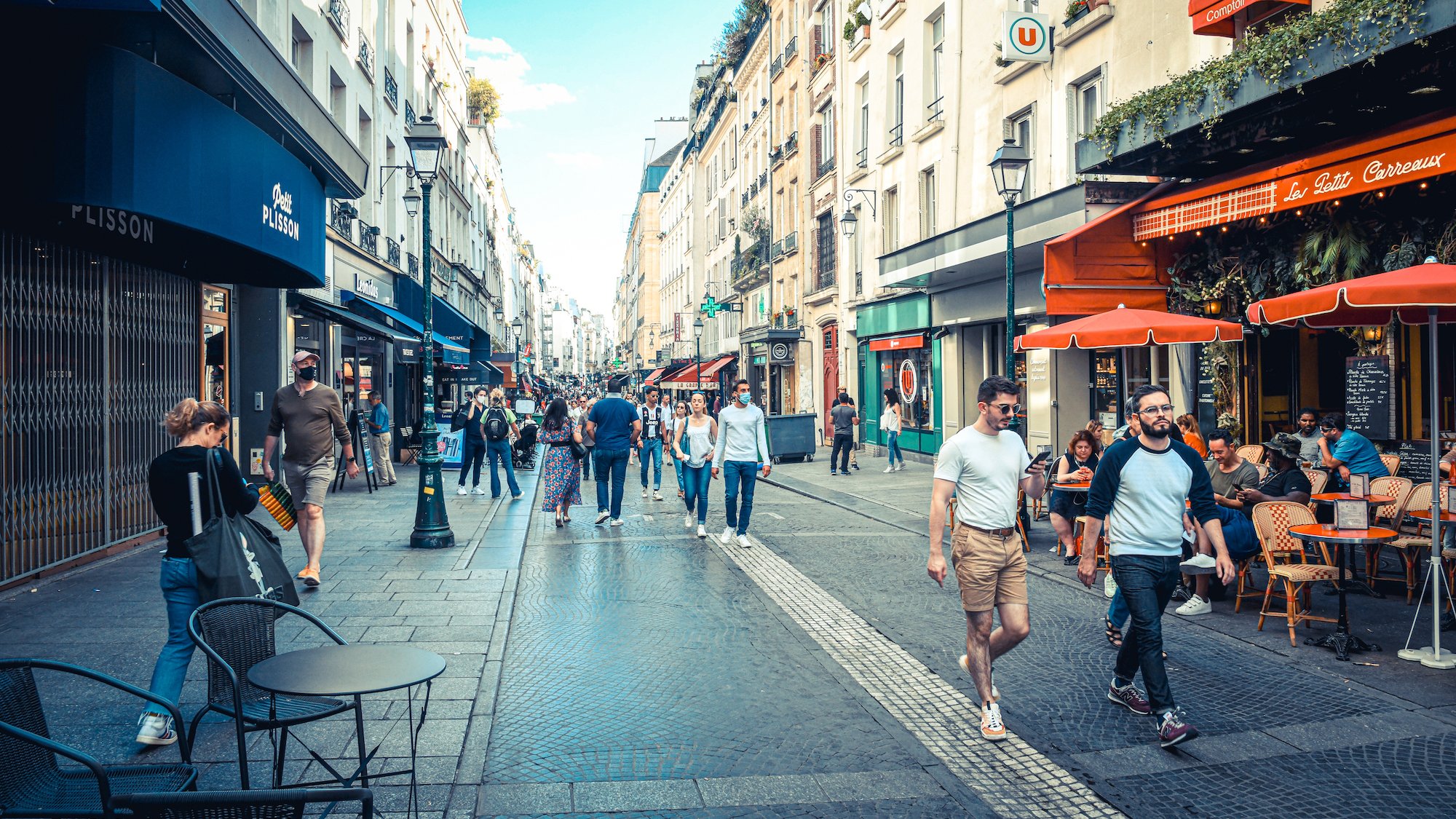Incredible but true! While Paris is the most populated city in France, out of the 2,087,600 residents living there today and strolling its streets every day, only 30% are born in the capital. This is a rather low proportion that can be explained by both the arrival of people from various backgrounds and the departure of Parisians themselves. Let us explain everything.
A finding that's not new
First of all, we want to clarify that this study, although conducted for the first time on such a scale by Insee, doesn’t reveal anything particularly unexpected, nor does it deviate from a trend observed for years. In the 19th century, the capital experienced a significant demographic increase, growing from 547,756 inhabitants in 1801 to 2,660,559 in 1901, thereby gaining over 2 million residents. A growth...
a phenomenon that affects both Paris and its suburbs and is explained by massive industrialization.Seuls 30 % des Parisiens sont nés… à Paris
— Le Parisien | Paris (@LeParisien_75) February 19, 2025
➡️ https://t.co/RpdALQnlRT pic.twitter.com/XtzZER6xai
From migrations that were initially seasonal and male, over the years they have transformed into long-lasting and family-oriented, with women and children traveling to reunite. So, while the figure of 30% might seem impressive today, between 1861 and 1901, there were already approximately 37.6% of Parisians originally in the capital. In 2014, Insee actually estimated that one-third of native residents had left the region.
Paris, a global city
But then, where do the Parisians who today squeeze like sardines in the metro come from, who run every red light on their bikes, or head to the canal Saint-Martin with their molkky set?
As soon as the sun peeks out? Well, in 2020, 16% of them came simply from the Île-de-France departments, mainly those located to the west of the capital. The Bretons, residents of Loiret, and Yonne are also very present. And surprisingly, those from the North, although they are the most represented in Paris, are actually proportionally the ones who leave their birthplace the least.#Insee #ÎledeFrance : Où les #Parisiens sont-ils nés ?https://t.co/m1P7cW2GLC pic.twitter.com/K9klnsVU2t
— Insee Île-de-France (@InseeIdf) February 19, 2025
Many also come from overseas France. However, their number is still less significant than that of the foreign-born population. Indeed, according to Insee, in 2020, 25% of the capital's residents were born abroad, particularly in Africa or Asia. At the top of the list, we find Algeria, Morocco, and Tunisia, which together account for 28% of foreign-born residents.
Unfaithful Parisians
The last factor explaining the mere 30% of native Parisians in the capital is the departure of these natives. To shed light on this, Insee looked into the movements of Parisians, highlighting two waves of departure among the population. The first involves those between 30 and 59 years old, for...
enjoy life in the Paris suburbs, with a house, garden, barbecue, and a dog. Another beyond 60 years old, this time living your best life thanks to a well-deserved retirement in the sun.👇#PARIS NE FAIT PLUS RÊVER Un sentiment de ras le bol s’est instillé dans les esprits : « j’ai l’impression que tout se dégrade année après année. La #saleté, le coût de la vie, le comportement des gens…». Ce n’est pas un hasard si la capitale perd 12000 habitants chaque année. pic.twitter.com/k72hg2u3Zu
— Dominique Dupré-Henry (@DuprDominique2) February 3, 2025
We want to share that if this percentage surprises you, it is actually far from being unusual, as this trend can be seen in almost all major cities in the country. It's Bordeaux that has the highest rate of dropouts, with only 24% being locals, while in Marseille, loyalty reigns supreme, with one in two residents originating from the Phocean city. So, supporting OM really does create a true community.
